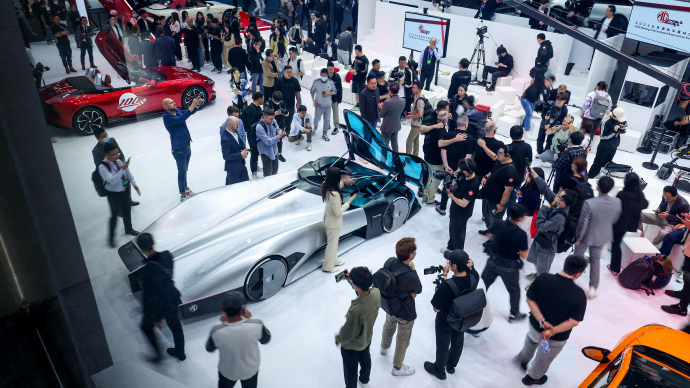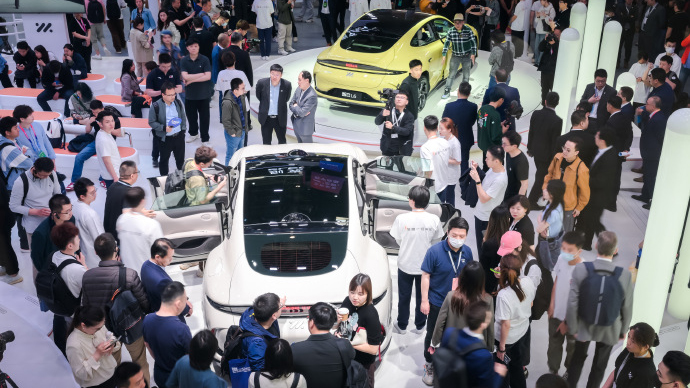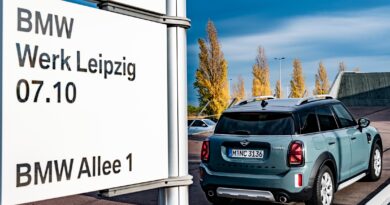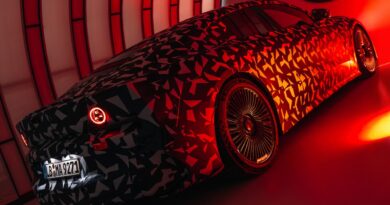EVs, influencers and riot police: Our man Iain Curry on the ground at the Beijing Motor Show
My 2024 Beijing Motor Show gets off to an inauspicious start.
The transfer bus takes three hours to move 50km, finding our entry gate adds another 60 minutes, I’m asked for my passport before being allowed near a much needed toilet, and why the hell are riot police with perspex shields at a motor show?
But things soon take a turn for the incredible. Motor shows in recent years, be it Geneva, Detroit or otherwise, have been very much hit and miss. A bit predictable… a bit reheating the soup.
But Beijing this year was something entirely different, and I say that as a car enthusiast first and a car journalist second. It was a bloody enjoyable feast-for-the-senses sort of event. Well, aside from every self-important influencer with an iPhone finding new and obnoxious ways of getting their filtered face in front of every vehicle.
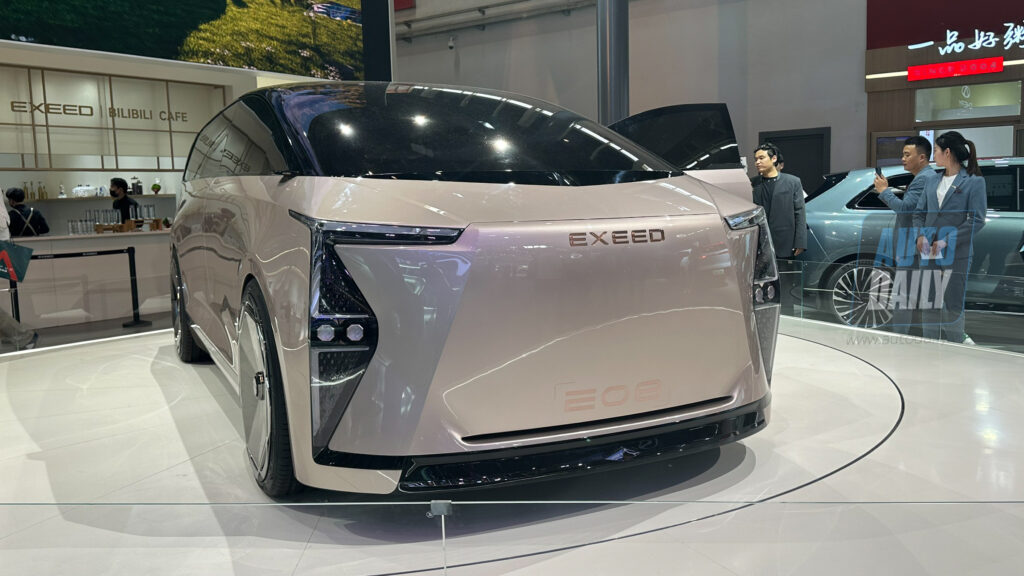
There was the proper buzz of excitement. There was newness everywhere; be it technology, car models or car brands so box-fresh they still had umbilical cords attached.
There were concepts of the outrageous kind and the ripe-for-production kind. Designs were out-there but rarely ridiculous. Interior luxury presentation and technology – especially of the giant screens type – were utterly beguiling.
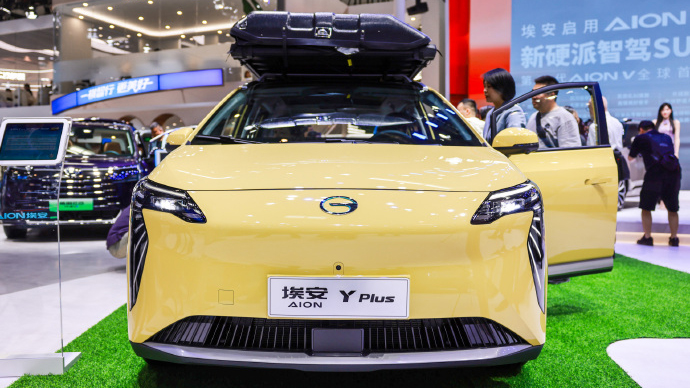
And, without question, EVs are defining the zeitgeist. Chinese ones.
It’s as if they have the freedom of expression, the resources and a market eager to binge on whatever wonderful new electrified vehicles it dreams up. The shackles holding back legacy brands are not an issue, so there’s rich innovation, modernity and plenty of Millennial-appealing novelty.
No longer is Beijing a shameful sideshow of copying designs from Range Rover and BMW (although there were still hints when you delved deeper), but rather fresh style with unique Chinese fingerprints. A car design sub-culture if you will, doubtless based on homogenised platforms, batteries and electric motors that are easily scaled and shared.
Across eight giant show halls I encountered countless car brands and models I’d never heard of. Many had no English characters in their names, and the origins and ownership of most remained a mystery, adding to the disruptor mystique and allure.

Some brands may never bring a car to market, others will remain strictly Chinese-sold only. But as we’ve seen with the likes of MG, GWM and BYD, some will make the jump to western markets, Australia included, and with the right importer/distributor and reasonable promotion, could well thrive.
Elon Musk recently said: “The Chinese car companies are the most competitive in the world. If there are not trade barriers established, they will pretty much demolish most other companies in the world.”
Sobering stuff from the Big Man, and no small cause for concern from the old established.
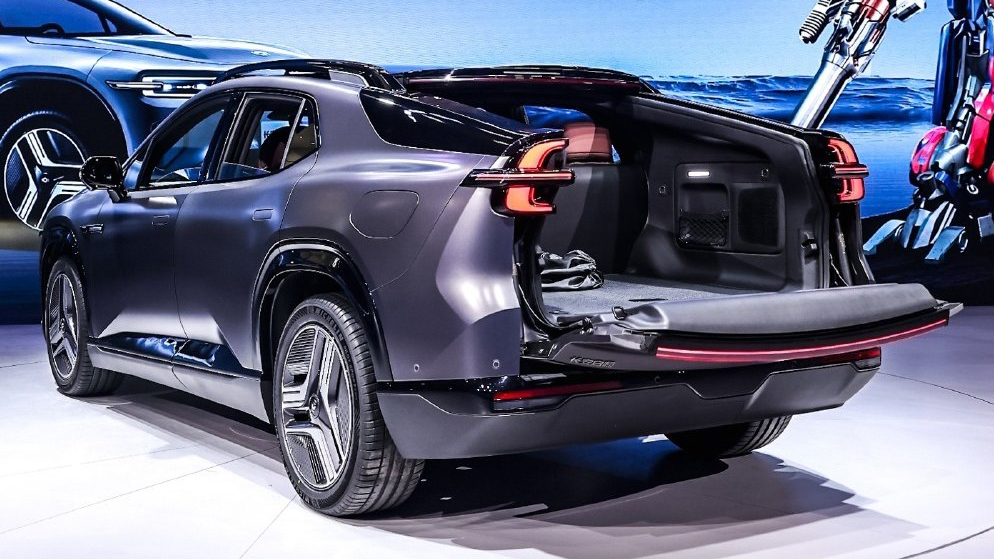
Speaking of which, there was plenty to enjoy from the legacy lot. BMW’s ‘new’ Neue Klasse EVs looked superb, Audi’s China-only Q6 L e-tron had an air of freshness to it, Mazda’s 6-replacing EZ-6 brought the brand some much-needed modernising, while Toyota’s bZ3C SUV revealed the world’s biggest car company can deliver a production EV with serious sex appeal – albeit only for the Chinese.
Even so, much on these familiar global brands’ stands already looked a tad passé (and were relatively quiet foot traffic-wise) in the shadow of the glitzy, youthful EV parties happening in close quarters.

Thing is, many car giants are delivering China-only EVs , often developed and produced with Chinese partners – as in the case with the aforementioned Toyota. We start asking why the hell can’t we have these cars too?
Ambling around the show, I spy a previously unknown-to-me Neta GT: a gorgeous two-door electric coupe with twin motors, 340kW, 620Nm and 0-100km/h time of 3.7 seconds.
More importantly, I’m staggered by its seemingly high build quality, superbly finished interior and damned gorgeous street racer appeal. This isn’t some extrovert millionaire’s vanity project stinking of fresh glass fibre and a bullshit promise of 100 units in the first year… it looks the real deal. Well, until you visit the company’s website and see the firm’s budget has certainly not stretched to making that look right.
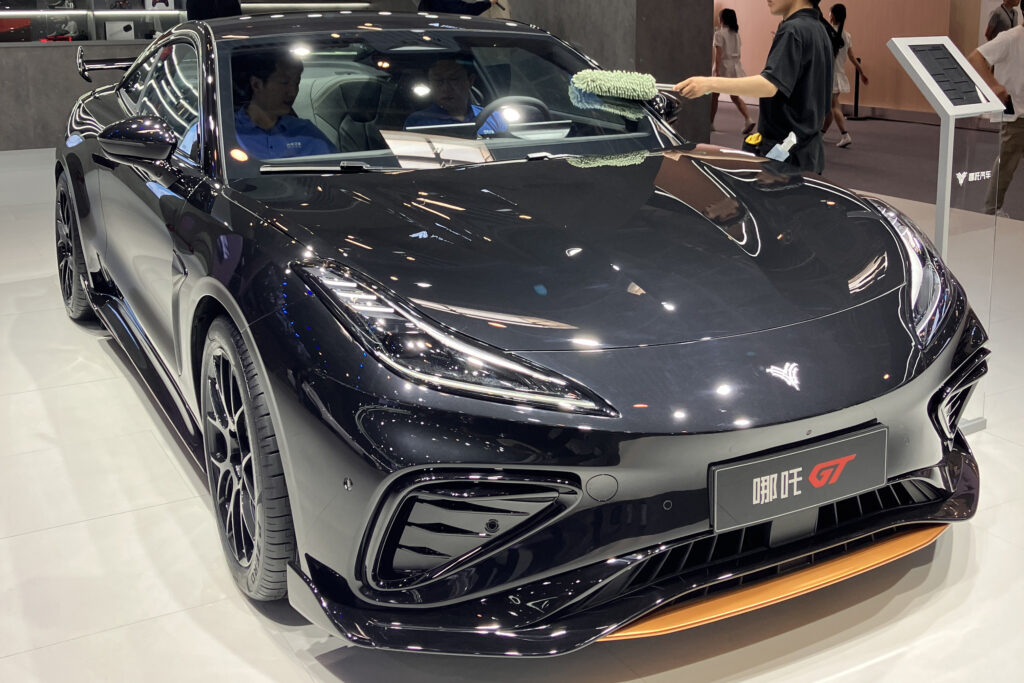
BYD is on a serious roll in Australia, and while its eagerly-anticipated Shark dual-cab ute seemingly got caught in the nets and couldn’t make it, its Ocean-M rear drive hot hatch EV was a production-ready standout.
This bright orange funster epitomised the youthful, desirable enthusiasm we used to find in spades at motor shows. Not the unobtanium ‘collector special’ supercars designed for the entitled few – but properly affordable, attainable performance machinery to get we normal folk excited. Drop this in showrooms with a sub-$60k price tag and prepare for loaded order books.
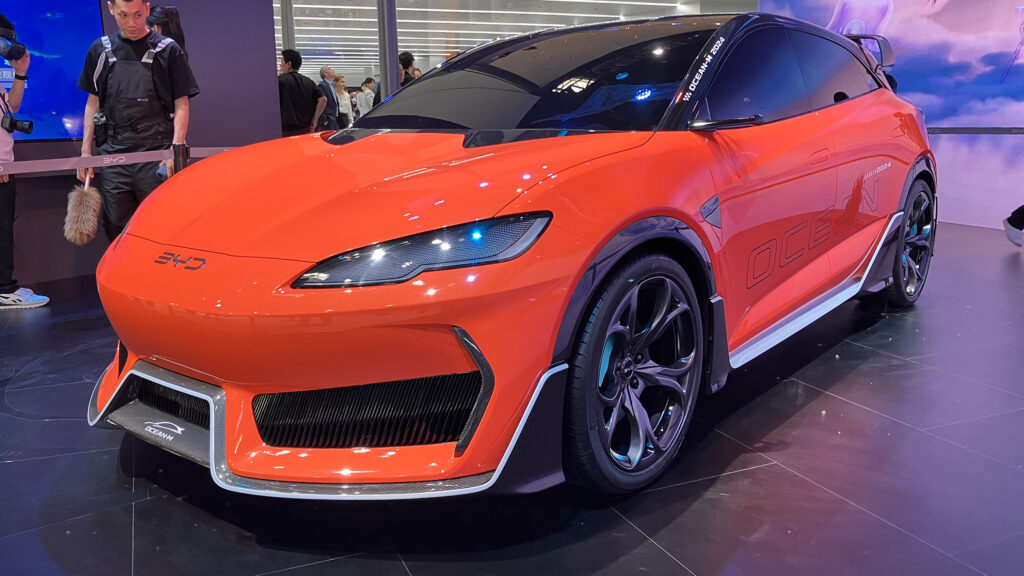
Having sampled the vast incoming range of GWM’s electrified fayre, I spend a bit of time exploring its Wey line-up. These are luxury efforts based on GWM’s Haval platform (Haval/Wey being much like Toyota/Lexus), and am greeted with a chrome grille with a vehicle attached.
This is the Wey 80 luxury people mover, a plug-in hybrid with business class interior – lay-flat bed, massage seats and drinks cabinet included – epitomising luxo desirability for the ever-growing Chinese middle class. The Wey brand isn’t destined yet for Australia, but is already on its way (Wey?) to France and Germany.
Times they are a-changing.
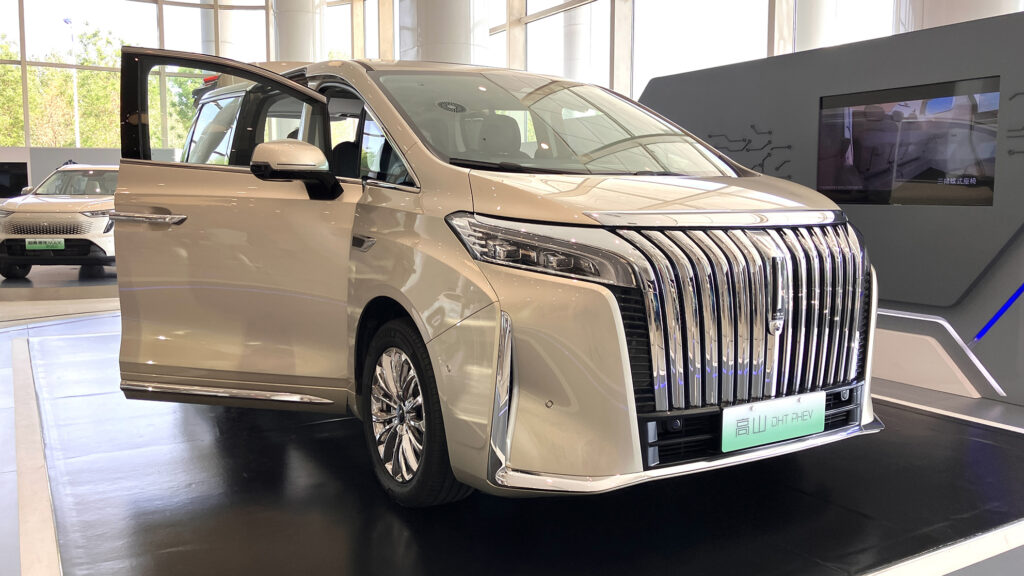
In my role as newspaper motoring writer, I get countless letters (and the occasional impassioned phone call/talking to) from the Great Australian Public. Rest assured, opinions about China, Chinese cars and the ever-increasing numbers of us buying them stirs fierce debate.
I’m not blind to the concerns. Be it human rights violations, freedom of the press, countries (including the US and UK) accusing China of committing genocide against Uyghurs in Xinjiang, and China aiding Russia’s military expansion during its invasion of Ukraine, there are clear ethical concerns.
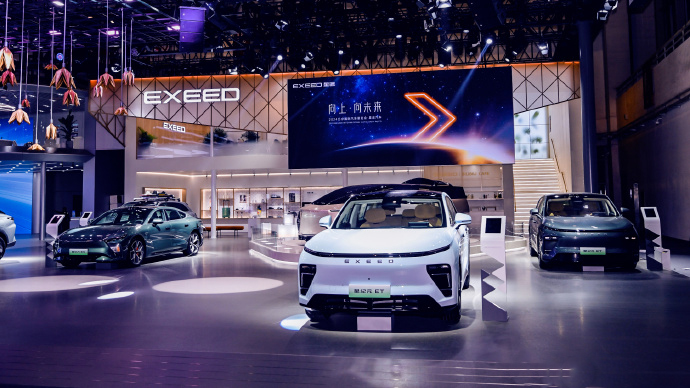
On the auto front, Russia has jumped from 11th place to become China’s largest export market for cars – this while almost every other car brand has ceased trading in Russia.
Such matters curb my enthusiasm for reporting on the undoubtedly exciting, buoyant and future-now Chinese EV melting pot on extravagant display at the Beijing Motor Show. The export potential too is hard to understate.
As the Mighty Musk has said, there’s the potential to “demolish most other companies in the world.”
Exactly how and when these ‘most other companies’ get properly busy averting said demolition job remains to be seen. You feel there’s a bit of catching up to do.
